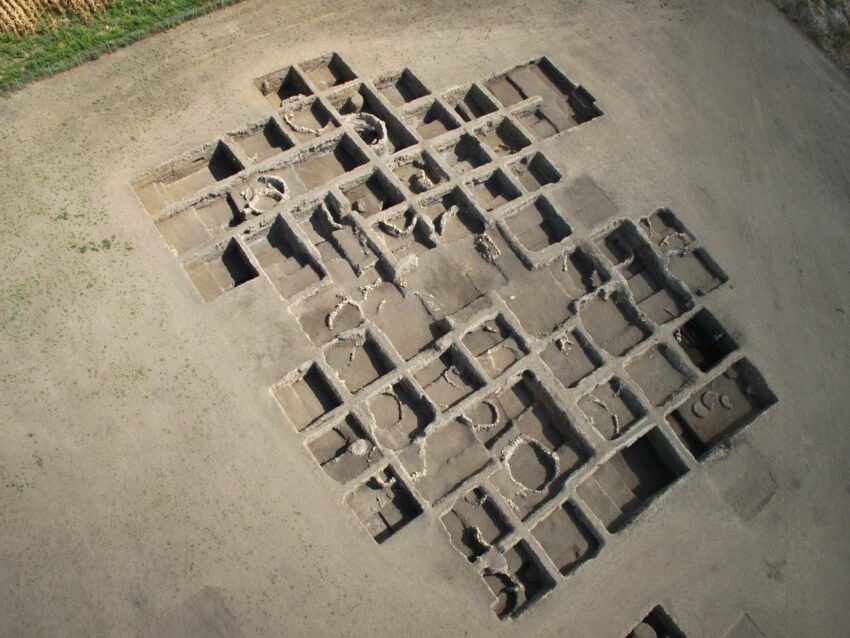Körtiktepe: A Window into Early Settlements
Körtiktepe, located in southeastern Turkey, stands out as a unique site in the Upper Mesopotamia basin. This site provides valuable insights into human adaptation across the climatic boundary from the colder, drier Younger Dryas (YD) to the warmer, wetter Early Holocene (EH). This continuous, permanent occupation offers a rare opportunity to study environmental changes and human responses during this period.
Get your dose of History via Email
A Stable Diet Across Changing Times
The mammal remains at Körtiktepe show remarkable stability across the YD-EH transition. The primary diet contributors were mouflon (Ovis orientalis) and red deer (Cervus elaphus). Their presence in nearly the same quantities suggests consistent hunting practices. However, the EH saw an increased contribution from aurochs (Bos primigenius). This shift hints at changes in local environments, possibly due to increased woodland cover and expanded waterways.
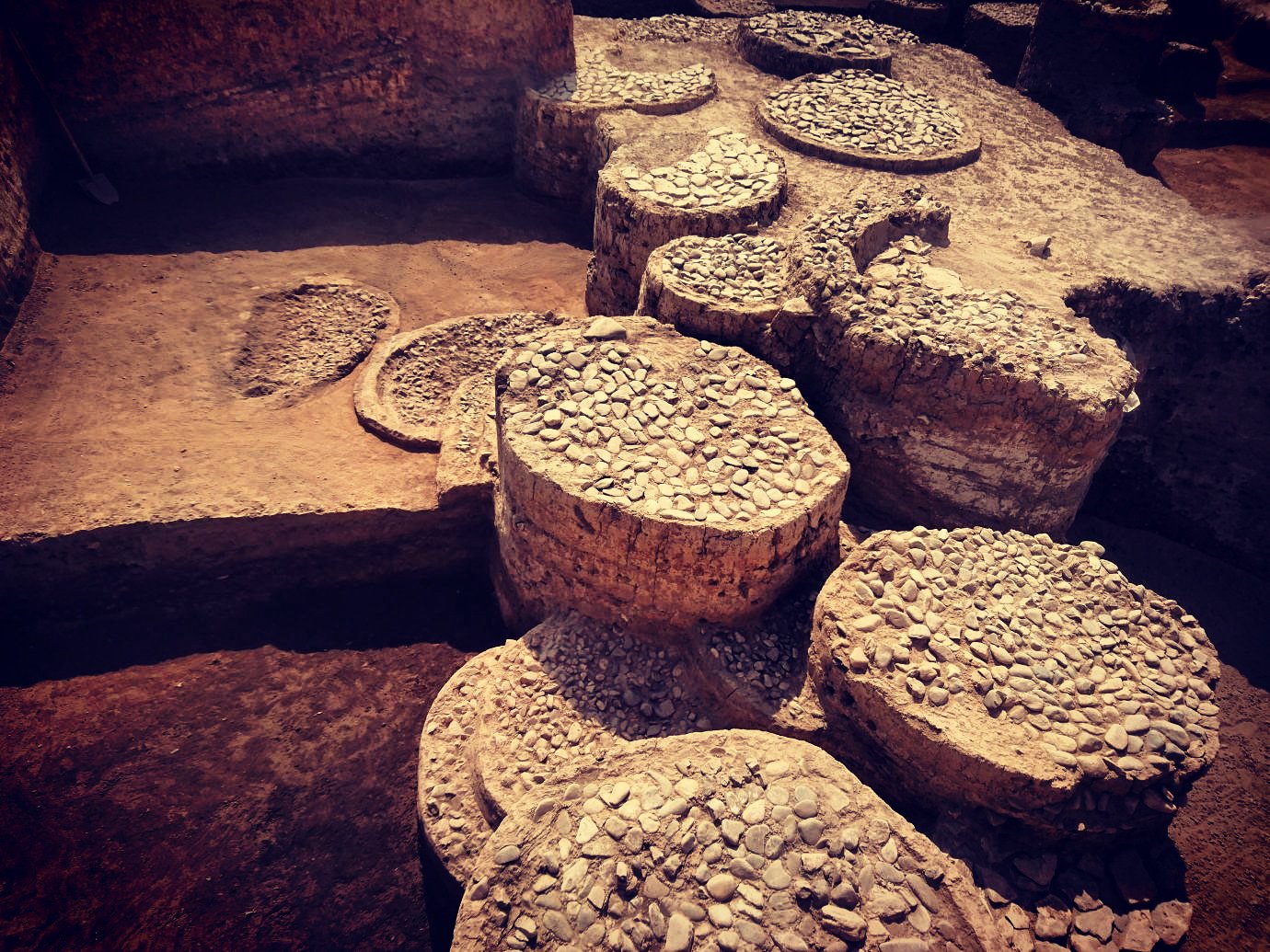
Shifts in Bird Populations
The most significant changes appeared in avifauna remains. There was a sharp increase in waterbirds during the EH, reflecting changes in local waterways and woodlands. These findings align with previously published archaeobotanical studies, supporting the idea of environmental shifts in the region.
Continuous Occupation and Cultural Continuity
Excavations have revealed the importance of the Upper Mesopotamian basin in understanding the Epipalaeolithic-Neolithic transformation. This region, particularly sites like Körtiktepe, showed year-round settlements before plant cultivation and livestock management became the norm. This challenges previous models that year-round settlements followed agricultural practices.

The Site’s Significance
Körtiktepe, identified as an aceramic prehistoric site, was excavated as part of rescue operations before building the Ilısu Dam and hydroelectric power plant. Radiocarbon dating suggests continuous occupation from at least 10,400/10,200 cal. BC into the EH (9,600–9,250 cal. BC). The site’s strategic location near the confluence of the Batman Çayı and the River Tigris provided ample resources for its inhabitants.
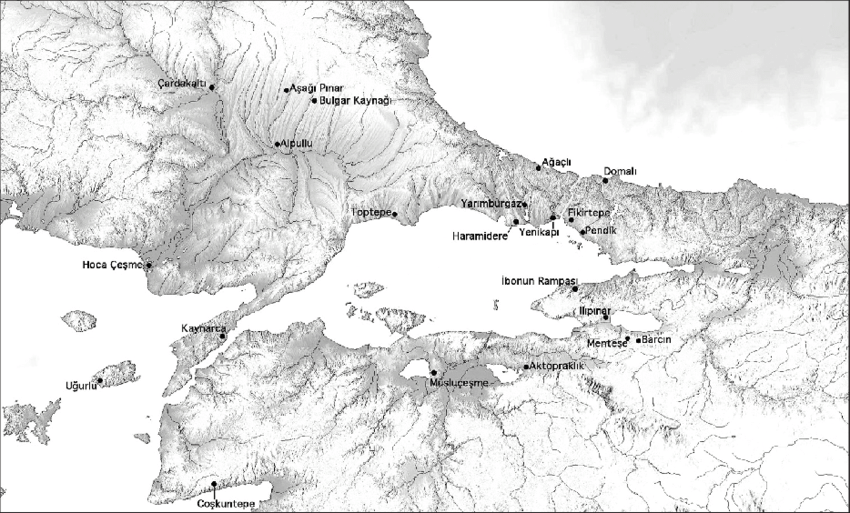
Architectural Marvels
Excavations at Körtiktepe uncovered various buildings, broadly categorized into three types: round-planned dwellings, smaller storage units, and larger public or special buildings. These structures show continuity from the YD into the EH, becoming more sophisticated over time.
Rich Burial Traditions
One remarkable aspect of Körtiktepe is the vast number of interments uncovered. Around 2,000 single and double burials have been found, making it one of the largest burial datasets in the Pre-Pottery Neolithic Near East. The site offers a detailed analysis of burial practices, including plastered or colored skeletons and some with cut marks.
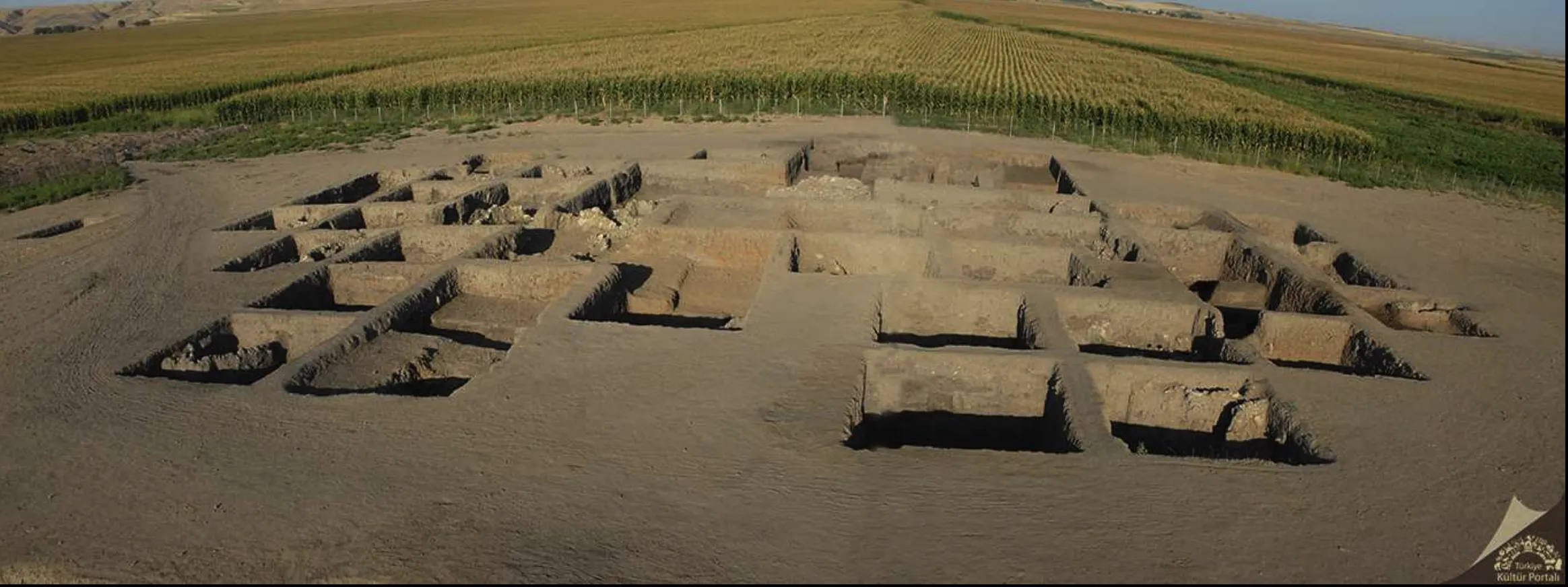
Environmental and Subsistence Strategies
The site’s faunal and archaeobotanical remains provide insights into subsistence strategies and environmental changes. The Younger Dryas levels reflect a riverine environment dominated by small-seeded grasses, suggesting an open landscape. In contrast, the EH assemblage shows a shift towards an open oak-woodland environment with increased importance of legumes and cereals, indicating possible small-scale cultivation.
Methodological Approach
The study of Körtiktepe’s faunal remains followed rigorous methods, including sieving and flotation techniques. Researchers used modern reference collections for identification, ensuring accurate species classification. Measurements and mortality profiles helped reconstruct the site’s subsistence strategies and environmental adaptations.
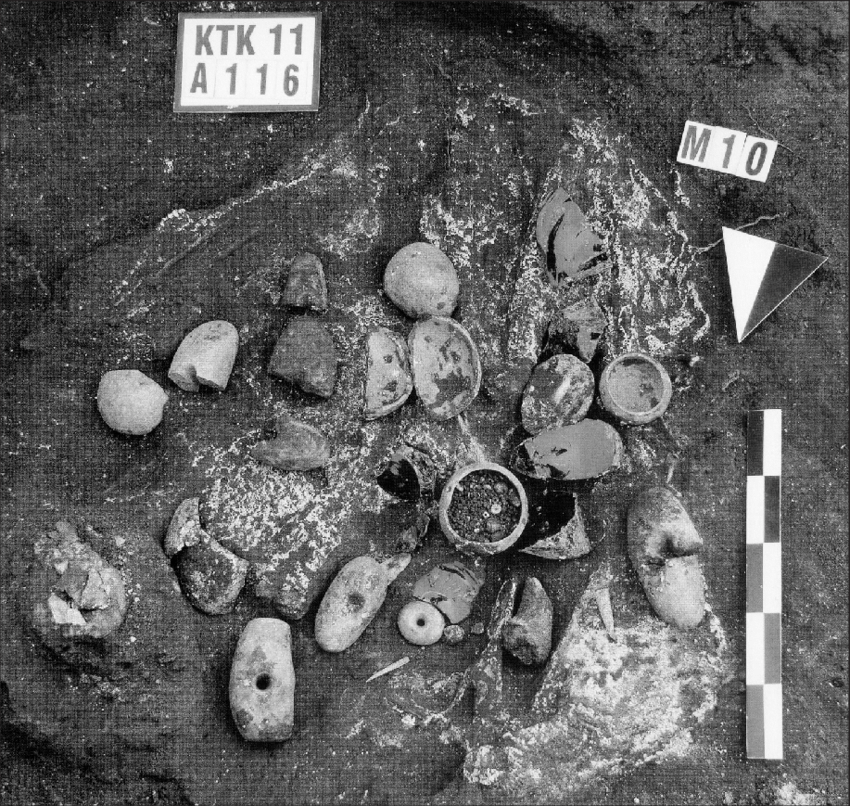
Comparative Analysis
Körtiktepe’s findings were compared with other Pre-Pottery Neolithic sites in the region, such as Gusir Höyük, Göbekli Tepe, and Gürcütepe II and III. These comparisons provided a broader understanding of subsistence strategies and cultural practices across Upper Mesopotamia during this transformative period.
Conclusion
Körtiktepe offers a fascinating glimpse into early human settlements and their adaptations to climatic changes. This site, with its continuous occupation and rich archaeological record, provides valuable insights into the transition from hunter-gatherer societies to early agricultural communities in Upper Mesopotamia.
Sources:
Image Credit
Image Credit
Image Credit
Emra, S., Benz, M., & Özkaya, V. (2022). Adaptions in subsistence strategy to environment changes across the Younger Dryas – Early Holocene boundary at Körtiktepe, Southeastern Turkey. Journal of the Holocene, 32(5). https://journals.sagepub.com/doi/10.1177/09596836221074030

